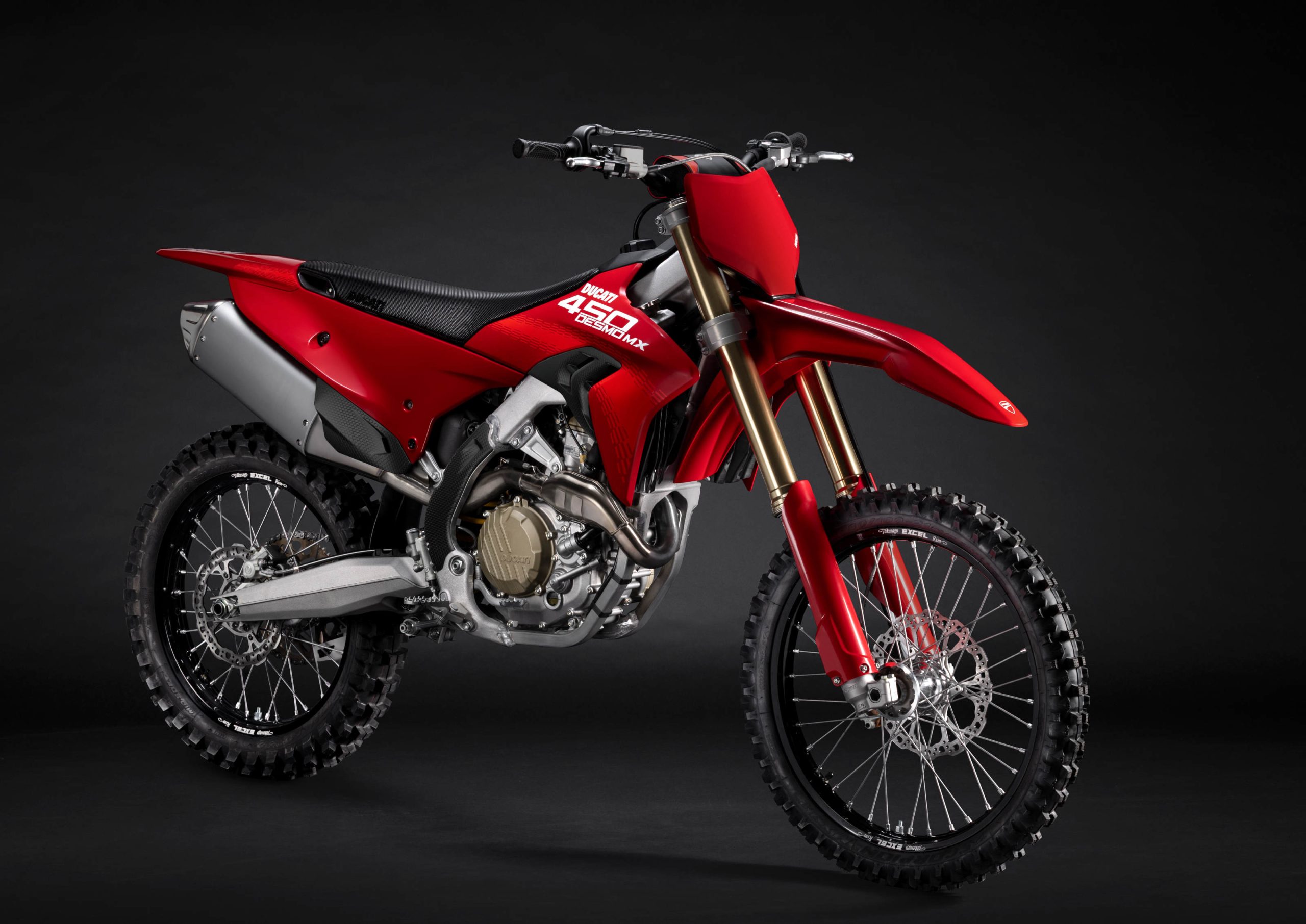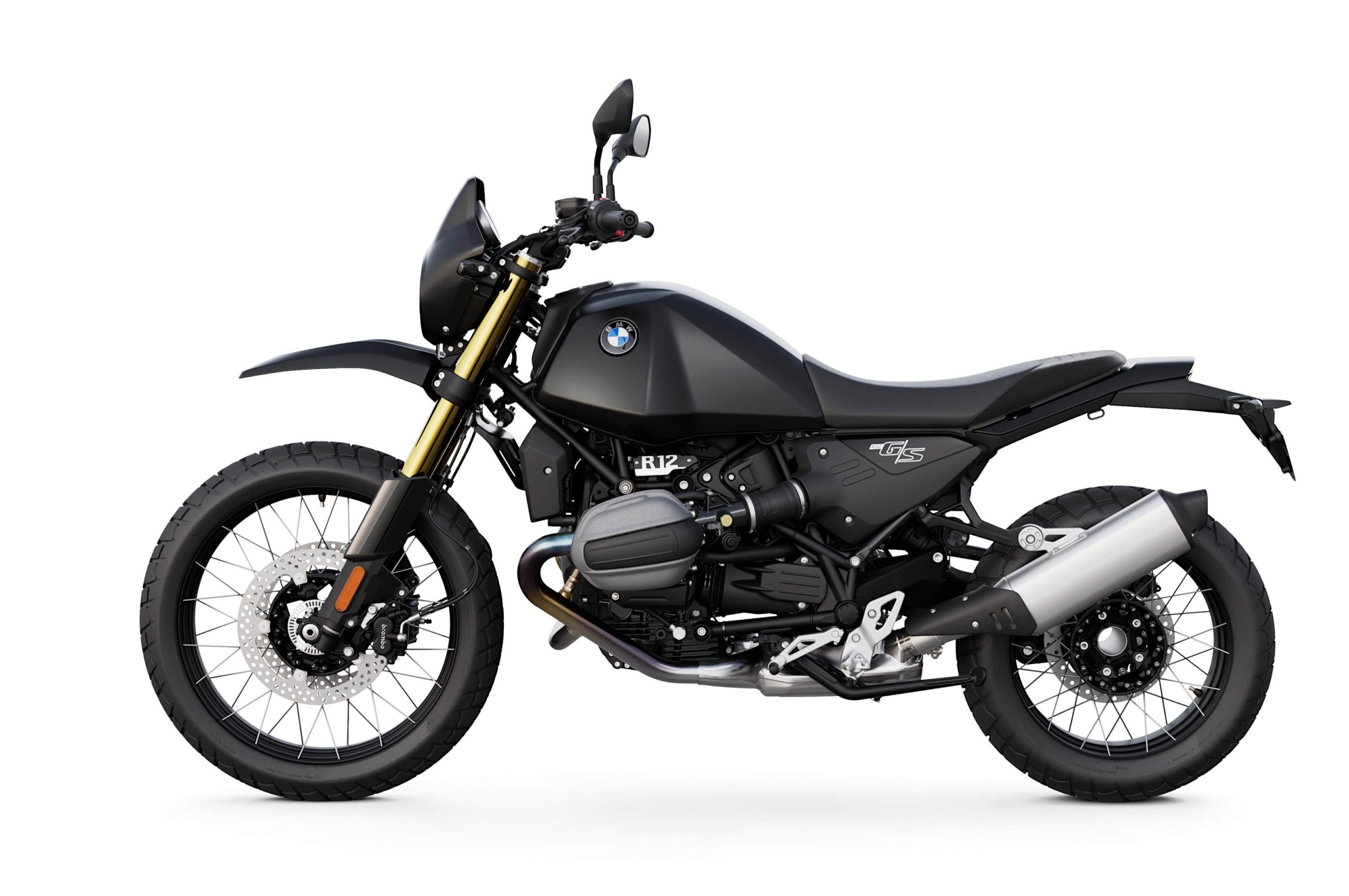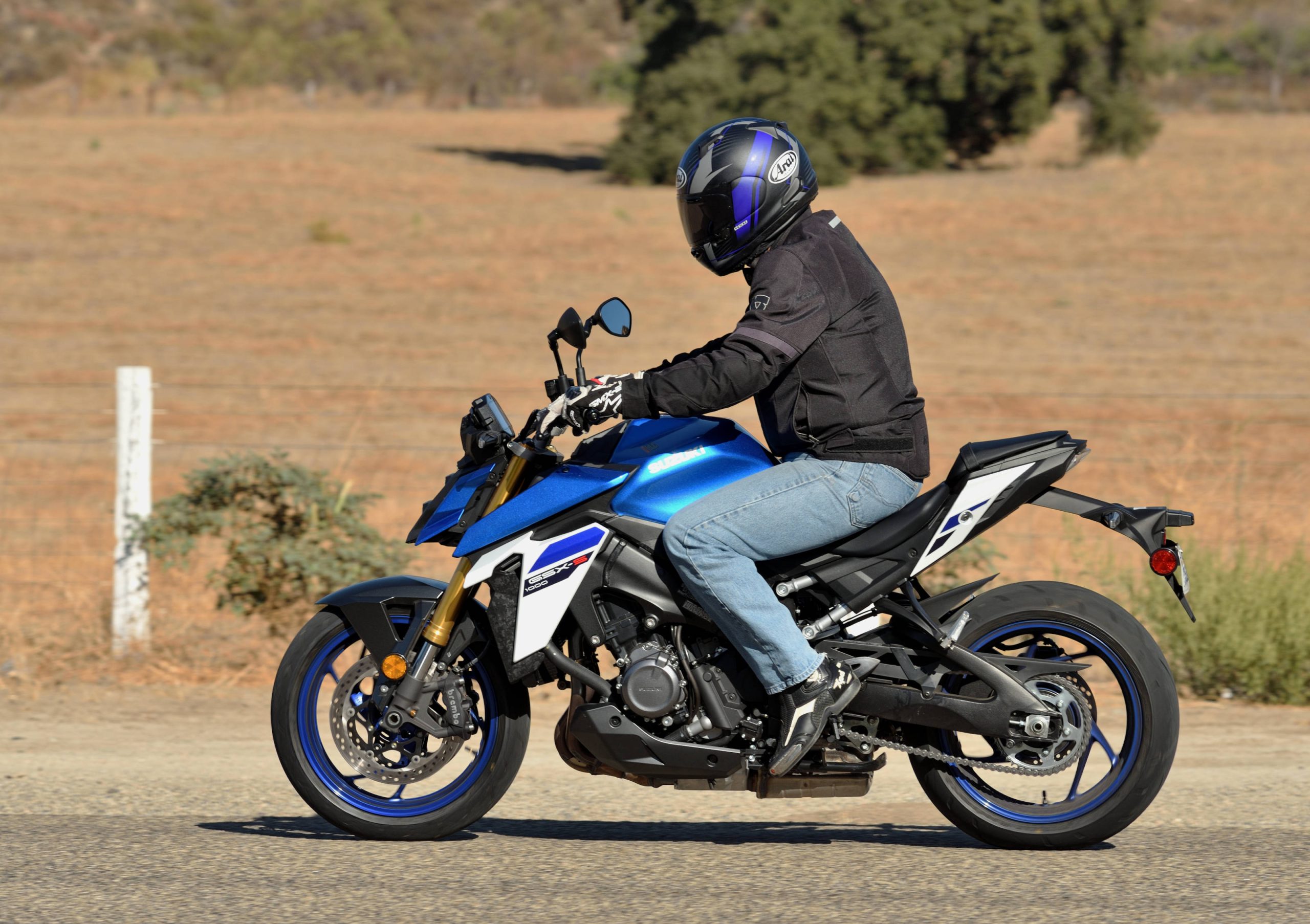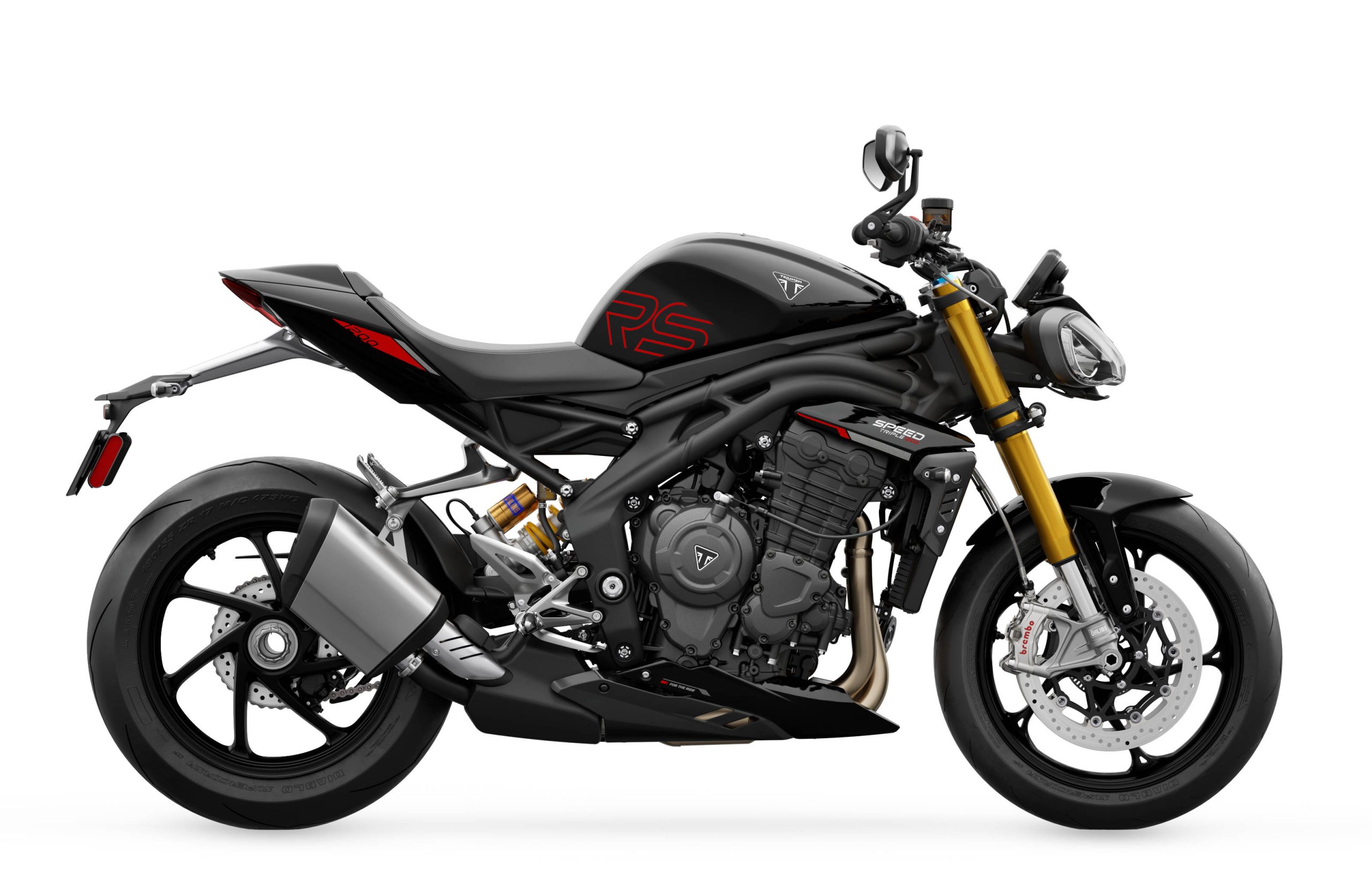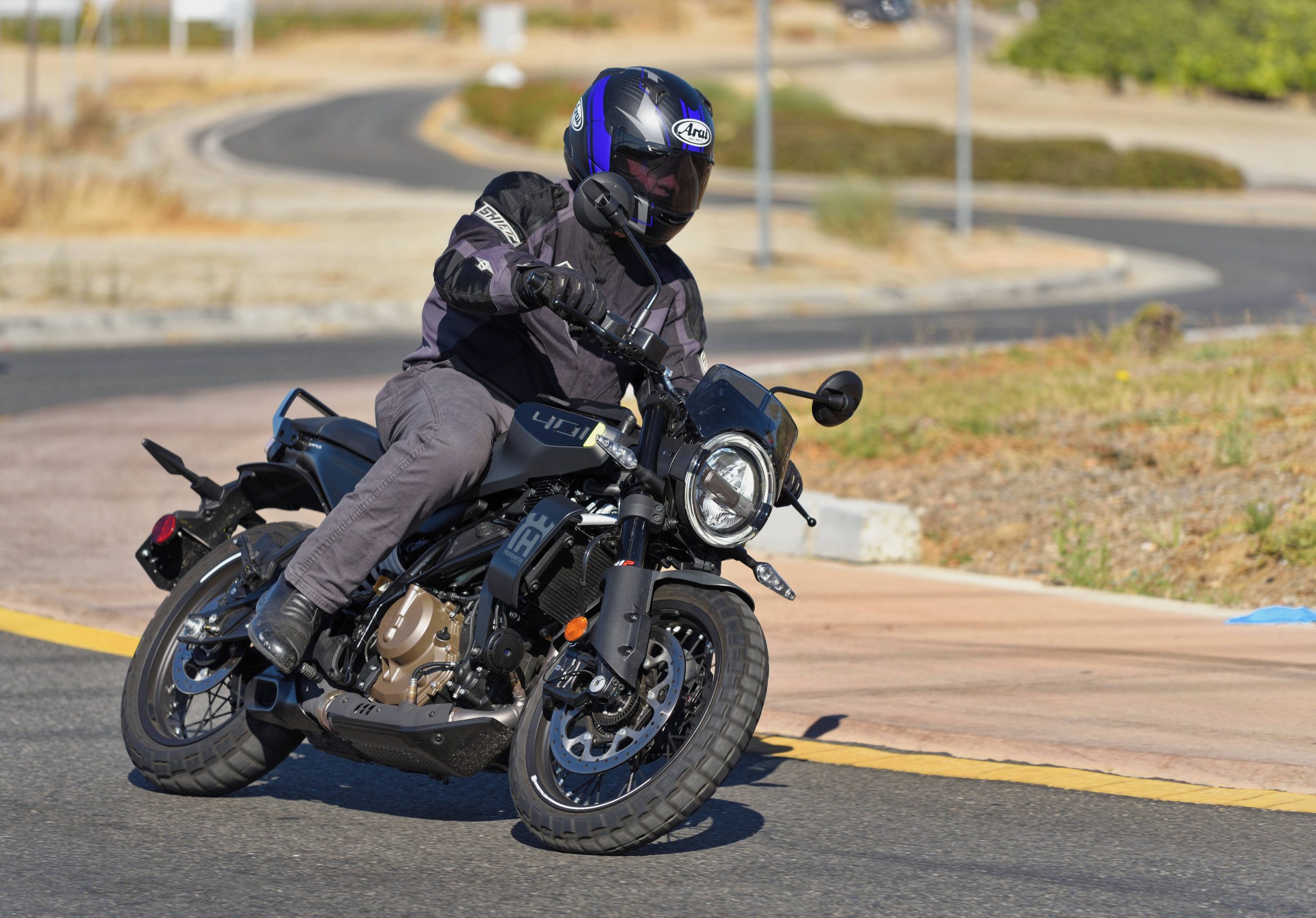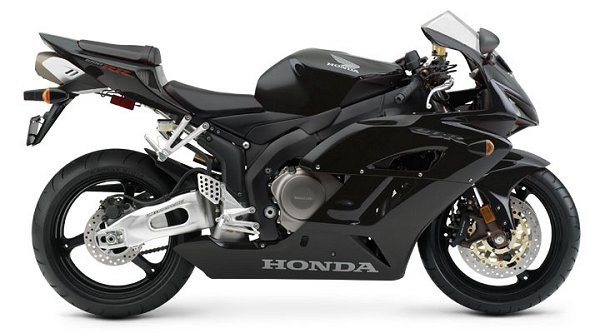
You may have already read our technical introduction, and track test of the new Honda CBR1000RR. If not, take a look at those articles now, because they put the following street test in perspective (here and here). We apologize for the lack of action photos, but Honda gave us very little time to arrange for a photographer on this ride . . . too little, as it turns out.
We spent one day on Honda’s 2004 CBR1000RR riding with two other journalists and a Honda representative through some of the twisty canyon roads found here in Southern California. In the process, we got a chance to more closely examine the practical side of this machine, such as its ergonomics, street suspension compliance, wind protection, and general real-world feel.
Race track testing is great, and it can give you an idea of what a machine is like when pushed to 10/10ths (or 9/10s, in the case of many journalists). It doesn’t tell the whole story, of course, and it doesn’t tell the most important part of the story for most customers (who will never see a race track — either as a racer or a track day participant).
Let me start by saying that the engine on the CBR1000RR is a world apart from past Honda open-classers, including the most recent, most powerful open-class sportbike produced by Honda, the CBR954RR. There is no question that the 2004 CBR1000RR is making GSX-R1000 class horsepower and torque. Believe us when we tell you that the amount of power produced by any of the current open-class four-cylinder sportbikes is a non-issue for street riders (racers are another story), because we are now in the realm of measuring overkill, rather than adequacy. Delivery of that power is another issue, however.
In the power delivery department, the Honda scores high. With its relatively long-stroke engine design (bore and stroke are at 75mm x 56.5mm — of the new open-classers available from Yamaha, Kawasaki, and Suzuki, only the Suzuki has a longer stroke — so long that we devoted an article to this subject here), the 1000RR makes plenty of usable power down low. Smooth, thick torque at the low end, and in the mid-range, make the 1000RR a very potent street weapon.
This isn’t to say that the 1000RR doesn’t deliver on top. It certainly does. So much so, in fact, that the average street rider won’t “go there” often enough to make it the most important part of the powerband. Better riders than you (or I) spoke about “riding the torque curve” on the CBR1000RR during the track test, where you have a lot more room to twist the throttle than you do on the street. The huge power up top that the CBR1000RR has (and, indeed, all of the current open-class bikes) is generally inaccessible on the street, where you will torque your way around quite happily (and quite effectively) on this machine.
The new fuel injection system employed by Honda does its job well enough. I didn’t have an issue with off/on throttle transitions on the CBR1000RR during the street ride. I wouldn’t say that it sets the class standard as far as fuel injection systems go (the prior generation Yamaha R1 takes those honors . . . so far), but it is good enough to be a non-issue, particularly, on the street. With this much power and torque, it takes some very careful mapping to prevent unwanted fuel injection surge when applying throttle mid-corner, for example, and Honda has done a good job here.
I was very pleasantly surprised with the ergonomics of the CBR1000RR. Frankly, I was expecting a rather extreme, uncomfortable race tuck-style layout. Although plenty aggressive, the “rider triangle” (bar/seat/peg relationship) was nailed by Honda, once again. This bike is remarkably comfortable. The footpegs did not feel too high (granted, I have only a 31″ inseam) compared to the competition, and the reach to the bars felt comfortable and natural. Honda accomplished this without compromising ground clearance (see our track test). It certainly is no sport tourer, but the 1000RR manages to be aggressive and comfortable at the same time. Good job.
As reported by virtually everyone, Honda’s trick new steering damper system (electronically controlled, and variable according to speed and rate of acceleration) is virtually transparent. That is, you do not know it is doing its job, but it is doing its job. At low speeds, I was not aware of any artificial damping of steering movement, whatsoever. At higher speeds, I likewise could not detect any artificial interference with steering effort.
Overall, the CBR1000RR handles quite well. Controllable and predictable, the 1000RR does what you expect it to do, and responds to inputs without offering any surprises.
I am not convinced, at this point, however, that the CBR1000RR will be the most “flickable” of the new big bikes. I am not convinced that it changes directions as easily as last year’s Suzuki GSX-R1000 (which was a big improvement over the prior GSX-R1000 in terms of responsiveness), for instance. It is certainly a responsive motorcycle, and I would not label the steering effort as “heavy”, but every manufacturer is shooting for a 600-class feel, as far as turn-in and direction changes are concerned, and I am not convinced the 1000RR will set any new standards here, but we will see how it stacks up to the competition, later.

Indeed, Honda may have made the right decisions from a safety perspective when it calibrated the progression of the steering damper effect at higher speeds, and it certainly could save the occasional ham-fisted novice from disaster. Nevertheless, it is still difficult to “have your cake and eat it too”, and more advanced riders may find steering effort a bit higher than they had hoped.
Keep in mind that careful suspension set-up for your weight is crucial to proper evaluation of a motorcycle’s handling characteristics. At 210 pounds, I may have been the lightest journalist of the three testing on this particular day, but I was the only one to add some additional spring preload to the rear shock. If you ride a bike that isn’t balanced (front-to-back), you are changing the rake considered ideal by the manufacturer, and, if you are heavy enough, you are testing something more akin to a chopper, than a sportbike. We will be talking about sportbike suspension set-up in a later article, and you can trust that we will set up all of the open-class sportbikes for the weight of each rider during our comparison testing.
The suspension of the CBR1000RR felt very balanced, and controlled. It is definitely set up for aggressive riding, however, and small bump compliance on the street could be improved. Feedback from choppy street surfaces was more than ideal, and further testing will determine whether this can be tuned out with the standard suspension adjustments available (including rebound, compression and spring preload, both front and rear). We have ridden bikes that are tuned well for aggressive riding, however, which still absorbe small chop with a plush feel, so there is room for improvement here.
Instrument legibility is pretty good (certainly, better than Kawasaki’s latest efforts on its sportbikes), and rider controls, including clutch, brakes and shift lever, all function as expected.
Those brakes are certainly worthy of further discussion. The front binder is massively powerful on the CBR1000RR. As Jeff reported in our track test, you can haul this bike down from triple digit speeds with one finger, with ease. Feel and feedback are good, but, like the latest GSX-R1000, the amount of power available can get a novice rider in trouble, particularly, during panic situations. These brakes are fully capable of throwing an inexperienced rider over the bars. When we test all of the open-class bikes together in one shoot-out, feedback and controllability will be critical criteria for evaluating their brakes.
In the end, it is clear that the CBR1000RR has pushed Honda to the next level beyond the 954RR. All of the fundamentals are right, including power, handling and brakes. This class is very tough, however, and whether the 1000RR has that particular je ne sais quois that will set it apart from the competition is yet to be seen. On thing is sure, Honda loyalists will be happy with the 1000RR, as it has addressed the few complaints about that 954RR, with clearly competitive power and a sophisticated steering damper to erase any concerns about the occasional head shake. The rest of the traditional Honda fit, finish and feel is there. Take a look at Honda’s web site for additional details, and stay tuned for our open-class comparison test.

